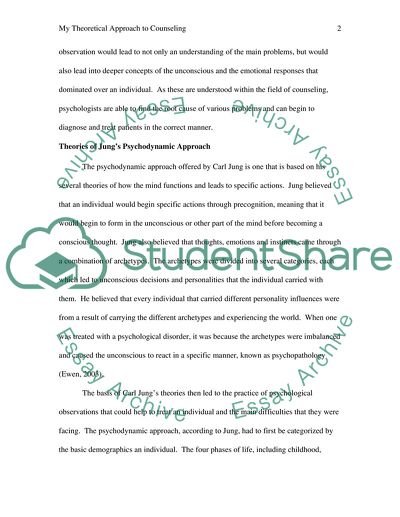Cite this document
(C.G. Jung's Psychological Theories Research Paper, n.d.)
C.G. Jung's Psychological Theories Research Paper. Retrieved from https://studentshare.org/psychology/1740087-cg-jung-theories-and-my-personal-usage-of-them
C.G. Jung's Psychological Theories Research Paper. Retrieved from https://studentshare.org/psychology/1740087-cg-jung-theories-and-my-personal-usage-of-them
(C.G. Jung'S Psychological Theories Research Paper)
C.G. Jung'S Psychological Theories Research Paper. https://studentshare.org/psychology/1740087-cg-jung-theories-and-my-personal-usage-of-them.
C.G. Jung'S Psychological Theories Research Paper. https://studentshare.org/psychology/1740087-cg-jung-theories-and-my-personal-usage-of-them.
“C.G. Jung'S Psychological Theories Research Paper”, n.d. https://studentshare.org/psychology/1740087-cg-jung-theories-and-my-personal-usage-of-them.


